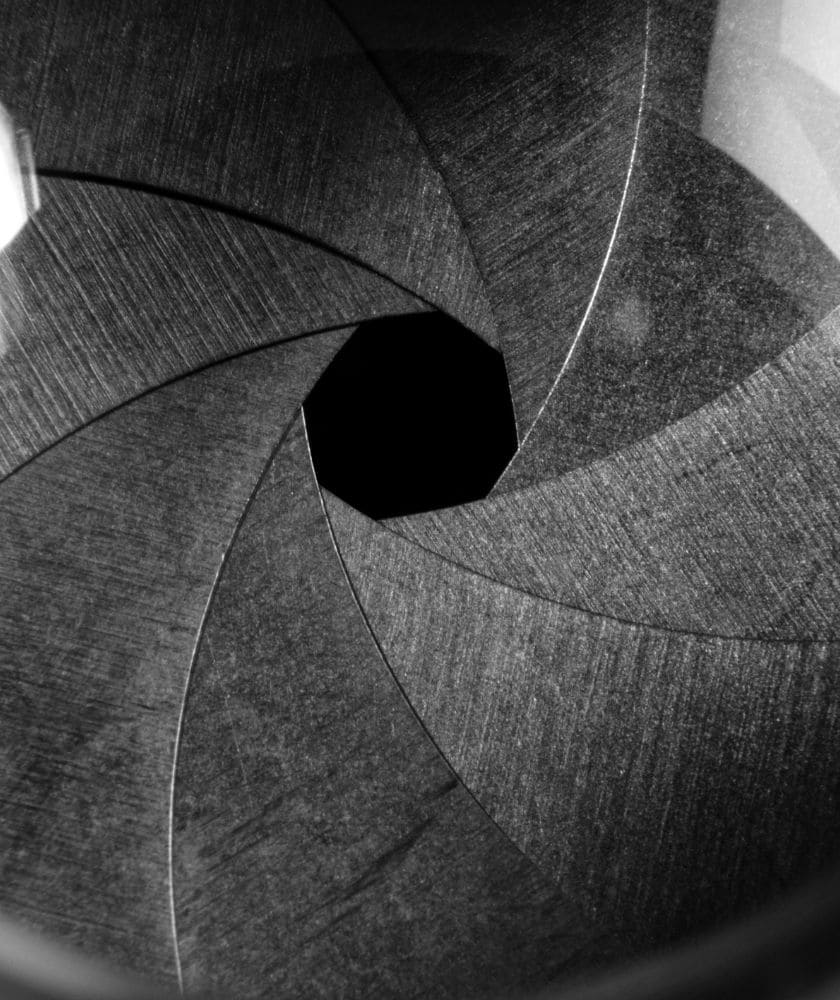TECHNOLOGY 01SENSING
The technology of measuring real-world data using sensors is
critical for realizing complex and advanced systems.
- MAP IV uses a range of sensors, including 3D LiDAR, cameras, GNSS, IMU, Radar, and more, to acquire optimal data for object recognition, mapping, and localization.
- We specialize in creating and implementing sensor drivers that are tailored to meet specific user’s needs. These drivers provide access to data that may not be easily obtainable using pre-existing software.
Additionally, they improve the accuracy of time synchronization when integrating data from multiple sensors, a process commonly referred to as ‘Sensor Fusion’. - In Sensor Fusion, each sensor’s relative positions and orientations are critical. Therefore, MAP IV has developed its calibration algorithms and graphical user interfaces (GUI) to simplify the calibration process and guarantee consistently high-accuracy results.
Our calibration technology is also utilized in post-processing for measurement systems and software. - This technology is vital for autonomous driving systems that need to plan appropriate actions based on information from sensors, or when conducting advanced analysis of 3D data.
- MAP IV has remarkable expertise in the field of Perception Technology.
Specifically, by integrating information from multiple sensors such as 3D LiDARs, cameras, Radars, and others, we ensure exceptionally high-accuracy and speed in information recognition.
Our technologies enable real-time object detection and even enhance information recognition through post-processing, irrespective of the sensors’ combination. - Furthermore, MAP IV carries out internal data annotation by utilizing the data we collect daily.
We regularly update our machine-learning models using the annotated data to ensure a consistent enhancement of our object detection rates.
This methodology allows us to expand our capabilities to new sensors or object classes necessary for specific use cases.
PERCEPTION
Perception technology involves the ability to identify
and interpret specific information from various data sources.

